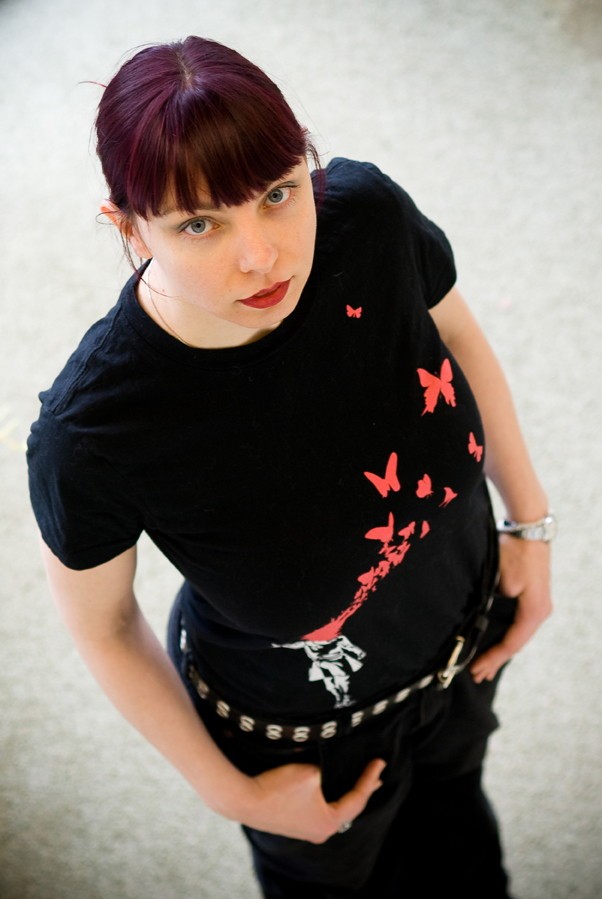High school dropouts feel like ‘outcasts’
Experts say dropping out reflects on school system, not people
When Dagan Moss was 11, her mother was diagnosed with a fatal disease – Amyotrophic Lateral Sclerosis, also known as Lou Gehrig’s Disease or ALS.
An A student in Grade 7, her marks plummeted over the next couple of years as her mother’s health deteriorated.
Moss dropped out of high school at 15 to take care of her mother, also fending off an abusive alcoholic stepfather.
“I lost interest in trying,” Moss, now 32, said.
“I felt like an outcast because my situation was unfamiliar to anyone I knew.”
Moss, who since then completed high school through adult education, said that dropping out of high school stereotyped her unfairly.
“I’ve always felt embarrassed about not completing high school when I should have,” she said. “I’ve always felt that I’m behind people my age.”
It is often those who quit high school who are seen as having the problem, rather than the system itself as potentially problematic.
“Society tends to see them (dropouts) as quitting on themselves without looking past at the system that conspires to keep people down,” said Allen Appel, a professor of education at the University of Winnipeg.
Appel is currently teaching a program that connects future teachers to immigrants and inner city residents, aiming to develop a relationship between them and see the problems that people in the inner city face.
“It’s a steep hill to climb for outsiders,” Appel said.
A 2005 study by the Canadian Council on Learning found the high school dropout rate has been falling nationally for the last two decades.
Yet Manitobans and aboriginal students are at greater risk of not completing high school than the rest of Canada, the study suggested.
“We have a ways to go to deal with our cultural biases,” said John Wiens, dean of education at the University of Manitoba.
Aboriginal and visible minorities are also underrepresented in the school system.
“We need to consider ways to invite the marginalized into the system to be teachers and leaders,” Wiens said.
“The traditional approach doesn’t work for some kids,” Brian O’Leary, superintendent for the Seven Oaks School Division, said.
O’Leary said the division is looking into other learning models, including opening a new tutoring centre.
“We need to build relationships with all kids,” he said, stressing a message of hope and optimism.
O’Leary said people need an opportunity to drop back in, as some may need more time to finish high school.
“We’re here to address the student’s financial, social and academic needs,” said Joanne Zuk, program analyst of the Bright Futures Fund, a program developed by the provincial government to help disadvantaged and low-income students finish high school.
Moss said she hopes she can make people more aware of the situations that many dropouts go through.
“I was ashamed of my situation,” Moss said. “I felt I had nowhere to go for help.”
Published in Volume 63, Number 23 of The Uniter (March 12, 2009)








